Coveted by invaders, Hampshire is home to picturesque villages, stunning coastline and a great forest, once the playground of royalty and now ruled by wildlife.
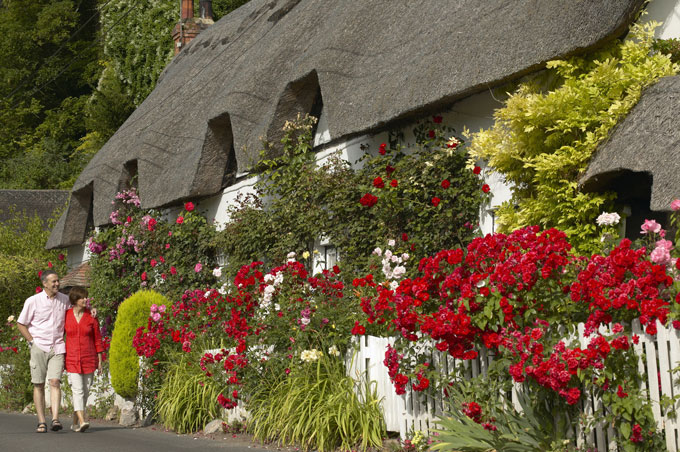
The crumbling castles and forts dotted along Hampshire’s coast are a reminder of the county’s long association with military history. Its two main coastal cities attract much of the tourist trade as people flock to Portsmouth to see the resurrected ruins of King Henry VIII’s flagship the Mary Rose, or Southampton to visit the place where the Titanic started its ill-fated maiden voyage. But Hampshire isn’t just a home to sailors, soldiers and skirmishes. Along with a spectacular coastline – where the Isle of Wight often seems within touching distance – it also lays claim to the western gateway to the South Downs; one of the most magnificent ancient woodlands in Britain, namely the New Forest; and picturesque villages with hidden secrets.
One such place is Minstead, where a set of stocks can be found on the small green at the centre of the village. Visitors often gather round them, shackling each other in the weather-beaten wood and taking photos of what they can be forgiven for thinking is a medieval relic. However, for the price of a generous slice of coffee and walnut cake, or a chunk of Loosehanger chilli and nettle cheese, one of the ladies in the village shop that borders the green will tell you the truth. “They’re only eight-years-old, or so. There used to be a set here but they went a long time ago. Someone thought it would be a good idea to put in a new set.”
If you can negotiate your way past the cows, which occasionally wander unattended towards the village green, then Minstead makes an excellent starting point for anyone looking to explore the New Forest. A short walk from the green you’ll find the final resting place of Sherlock Holmes author Arthur Conan Doyle in the village churchyard. Slightly further away, just north of Minstead, is a monument to a more contentious historic figure. In the lush green valley of Canterton Glen lies the Rufus Stone, marking the place where William II was reportedly felled by Walter Tyrell’s arrow in a hunting incident on 2 August 1100. The question as to whether Tyrell ended William’s ruthless reign by accident or assassination is still debated today, but the legend has it that he wandered to the nearby Ocknell Pond to wash the blood off his hands.
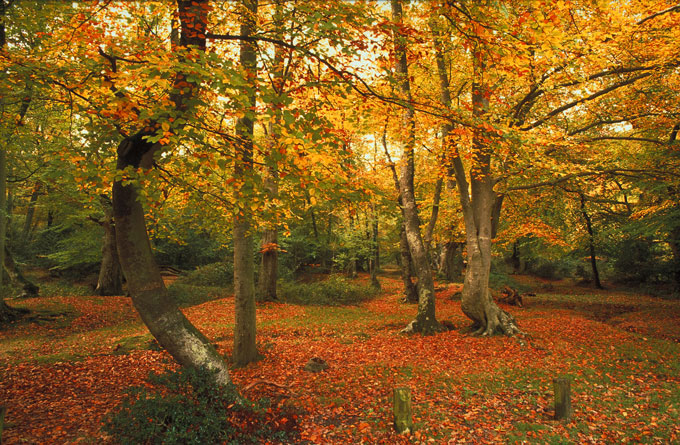
The route from Ocknell Pond to the northern section of the forest is as tricky as it is beautiful. Seas of heather stretch into the distance, blending into one solid mass of purple. Ponies and cows – which populate the forest and are big attractions, along with the numerous herds of deer – wade through it, unconcerned about where it ends and the road begins. And when you’re stuck in a queue of traffic caused by a string of idling ponies blocking the way, you soon realise that they’re the ones who own the forest.
A trip along Ashley Walk should be considered by anyone venturing to the northwest tip of the forest. The walk begins and ends at Godshill and includes the stunning views from Deadmans Hill, featuring sweeping valleys and more of that now familiar heather. A former bombing range used for testing during the Second World War, Ashley Walk has echoes of military days gone by in amongst the natural beauty. Chalk mounds used to mark targets for bombers and a brick observation point are still there, leaving the impression that even in Hampshire’s most beautiful spots there’s still a wartime shadow lurking, such is the county’s inextricable link to the country’s military past, present and future.
In a car you could leisurely traverse the New Forest in a couple of days, stopping here and there at the various celebrated landmarks. But there’s the sense that if you ditched the vehicle you could spend months – even years – exploring it and still be left yearning for more, always wondering what was around that glen, down that trail or in that valley. You can understand why William I wanted to keep it for himself and the aristocracy when he declared it a royal forest in 1079.
The history of the place fires the imagination as well as the senses. And it’s not just steeped in stories of royals and nobles. Head down to the Burley area of the forest and you’ll discover tales of smugglers and in Vereley Hill you’ll find Ridley Wood, where eighteenth century smugglers would sell and trade their contraband. The area is also famed for one particular smuggler – Lovey Warne. Legend has it that she would don a red cloak every time the revenue men were around Vereley Hill, to warn fellow smugglers to stay clear.
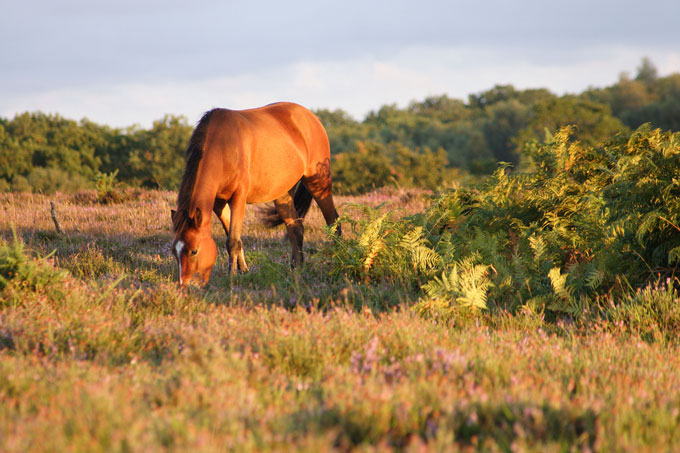
The New Forest also lays claim to some sublime coastland. The Beaulieu River leads from the sea all the way up past the red-brick houses of Bucklers Hard – where admiral Nelson’s 64-gun naval ship HMS Agamemnon was built – right up to Beaulieu village, where a visit to the palace and 13th-century abbey is a must.
If you need further proof of the New Forest’s – and Hampshire’s – close connection to the kings and queens of days gone by then look no further than Milford-on-Sea. As well as featuring a stunning shoreline and some meandering marshland, the village is home to Hurst Castle. Perched at the sea-end of a 1.5-mile-long shingle spit, the castle was one of Henry VIII’s Device Forts – a series of fortifications built to protect the south of England. It was also where Charles I was imprisoned before his execution.
Much of Hampshire’s coastline is scarred by Britain’s military history. Perhaps the county’s reputation for being a historic focal flashpoint for wars is thanks to its ports and its inviting please-land-your-armada-on-me shingle shoreline. But it’s obvious it’s been used as both a place to invade and to repel. The Romans, Saxons and Normans all coveted the county, while the sixteenth century French army didn’t make it past the Isle of Wight.
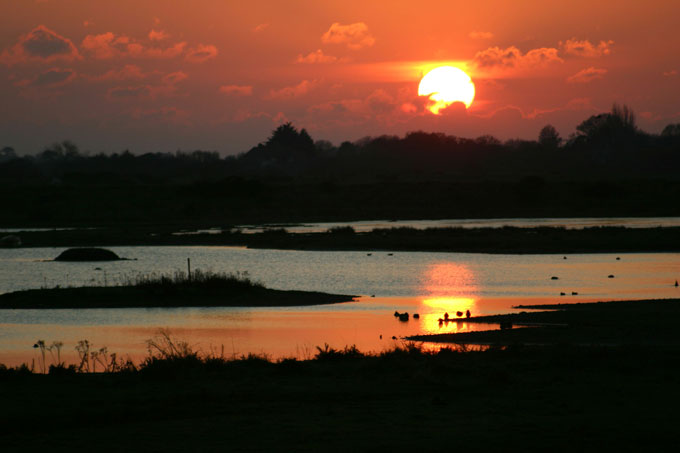
Travel along the coast and you’ll find even the most beautiful places exhibit some remnants of Britain’s military past. East of Milford-on-Sea you’ll find the old fishing village of Lepe (part of the Lepe Country Park), sitting at the mouth of the Dark Water river. Walk along the groyne-lined beach, which is sandwiched between the lapping waves of the Solent and a set of gorgeous pine topped cliffs, and you’ll wonder how a place like this could be touched by war. But it was one of the many beaches used for the D-Day launch during World War II and you can still see the skeletal concrete remains of that time.
But to assume all of Hampshire’s history has a military hue would be doing the county a disservice. Head towards Alton in the east of the county and you’ll come across Chawton, famed for being Jane Austen’s home for the last eight years of her life, and the place where she wrote novels including Emma and Mansfield Park. Fans of the author can visit the well-kept red-bricked house she lived in and then relax with some cake in the tearoom opposite – or go for something stronger in welcoming sixteenth century pub, The Greyfriar.
Jane Austen is just one of the historical literary heavyweights connected to Hampshire. Charles Dickens was born in Landport, part of the Portsea Island area of Portsmouth, while a trip west from Chawton will lead to Winchester, where John Keats found inspiration for his poem To Autumn. A self guided walk that follows in Keats’ footsteps traverses some of the finest landmarks in the city – once the ancient capital of England and now home to the western entrance of the newest National Park, the South Downs. The ancient gothic cathedral where Jane Austen was buried, the dominating and exclusive Winchester College and the lush water meadows can all be taken in while tracing the poet’s muse.
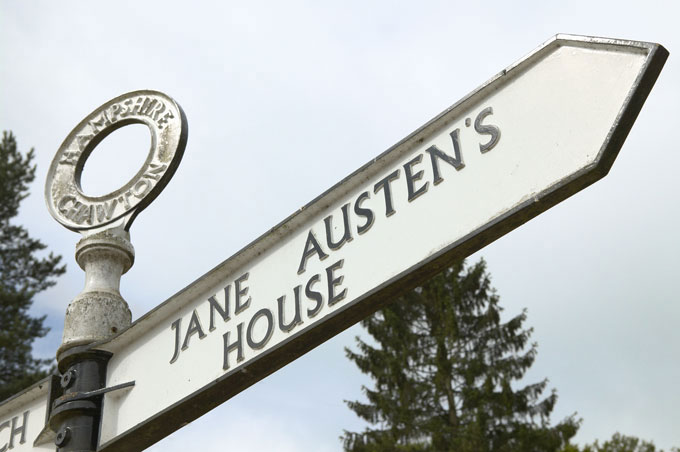
A trip into the Test Valley area of the county, just west of Winchester, is a must for anyone looking to catch a glimpse of some picture-postcard English villages. Places like Wherwell, Leckford and Stockbridge will reveal a succession of beautifully kept thatched white cottages, while a bit further west lies Nether Wallop, which was used as the setting for St. Mary Mead in the BBC’s adaptations of Agatha Christie’s Miss Marple stories. It has often been described as the prettiest village in England and it’s easy to see why: bubbling streams, clipped green grass, an Anglo-Saxon church, winding roads – even some of the walls are thatched.
True secret seekers should head back east though, to the tiny village of Owslebury, just south of Winchester. Tight, snaking roads make the place hard to access, and perhaps residents prefer it that way. But chances are they might become inundated with art buffs very soon. It was recently confirmed that the village church, St. Andrews, is home to some very special stained glass windows, depicting two different versions of the Virgin Mary – windows that influenced a young Vincent van Gogh. The celebrated Dutch artist wrote enthusiastically about the windows in a letter to his brother after seeing designs for them while working and living in London during the 1870s. But, despite academics puzzling over the location of the windows, the connection between van Gogh’s letter and Owslebury wasn’t made until art historian Max Donnelly managed to establish the link. It just goes to show that with Hampshire – scratch under the surface and you never know what you might find.
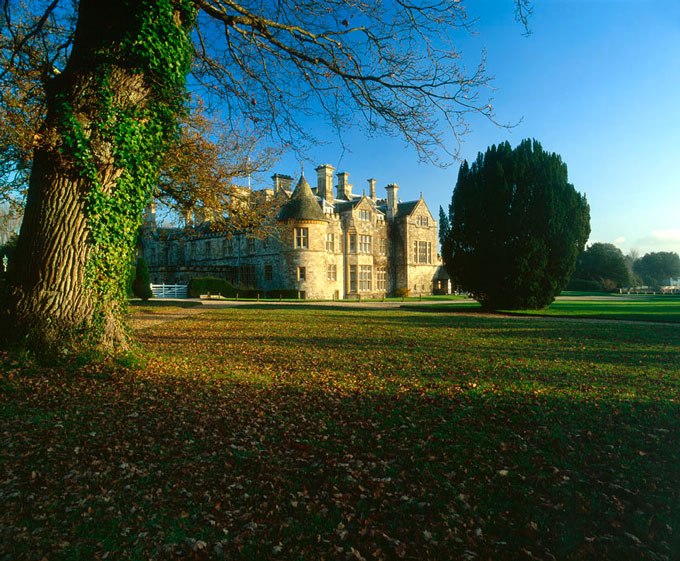
Hampshire to do list:
Mottisfont Abbey, run by the National Trust, sits near the River Test and has gorgeous gardens.
Beaulieu Palace House and Gardens is simply magnificent with immaculate lawns and beautiful interiors.
Jane Austen’s House Museum in Chawton is a must for fans of the Sense and Sensibility author.
Hayling Island is on Hampshire’s border with West Sussex and is the perfect spot to while away the hours on a beautiful beach.
The Vyne, near Basingstoke, is one of the great Tudor country houses.
Montagu Arms Hotel in Beaulieu Village is a bit of four-star luxury in the heart of the New Forest.
Explosion! Museum, in Gosport displays the history of naval firepower. The scrub covering the ramparts of a nearby eighteenth century fort is currently being removed by a herd of goats.
South Downs National Park stretches to Eastbourne in East Sussex and can be accessed through Winchester.
Oakley Hall, near Basingstoke, is an exquisite hotel. It was once owned by the Bramston family and the Mansfield Park character Lady Bertram was based on Mrs Bramston.
Portchester Castle is a medieval stone fortress lying on the edge of Portsmouth Harbour, popular with anglers and picnickers alike.
Hinton Ampner, near Alresford, is an amazing country house that was remodelled into a twentieth century masterpiece by Ralph Dutton.


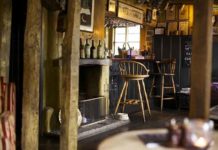
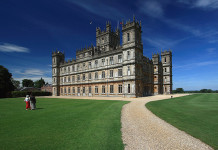
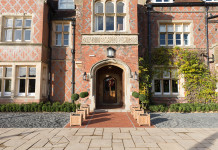

 © 2024
© 2024